Gut healthy Artichoke Flowers
High in fibre, good for your gut and liver and oh, so pretty
I AM FINDING the life of recipe developing to be an eventful one. Yesterday, I presented Miriam with asparagus ice cream for breakfast (it got eaten!) and over this week between us, we have eaten 18 artichokes to get this recipe nailed.
Good job, they’re healthy: My liver has never been in better shape.
You’ll find these artichoke flowers (flor de alcachofa) all over Spain. With toppings of pine nuts or truffle or a cured egg yolk they cost anywhere upwards of £10.00 each.
But difficult to make? Actually not as intimidating as they appear. You can have them on the table in under 30 minutes. Here’s how…
Buy baby artichokes and you don’t even have the choke to worry about. The choke? What’s that? Well, we will get onto all that in just a minute, but first the good news…
Artichokes are super healthy and a great introduction to your diet.
GETTING HEALTHIER BITE BY BITE
We get healthy bite by bite, not in one meal, but in a series of small changes, that together lead to a bigger result.
high content of cynarin, which purifies the liver and prevents the build up of liver fat.
Each artichoke contains around 60-80 calories and no fat to talk about.
Lots of fibre. Just three artichokes and you’ve covered your daily fibre requirements, with each artichoke containing 7g of fibre.
There’s about 4g protein per artichoke. Which ain’t bad for a little thistle. To up the protein you could always add a handful of pine-nuts or some slices of iberico ham.
Convinced? OK, so how do you prepare them?
DISCOVERING BABY ARTICHOKES
One of the ideas of mine is through this newsletter introduce you to some ingredients that you might not have come across, or might not know how to prepare.
Whaatttttttt? A fair enough reaction for most of us if handed a globe artichoke for the first time. After all, it is thistle. It’s spiky and tough. A lot of it is inedible. So how do you prepare them? And what parts can you eat?
First up, for this recipe buy baby artichokes. (Baby, baby, baby ….)
Why? Because these baby globe artichokes haven’t developed the hairy choke in the centre and so are much easier to prep, cook and eat.
A baby globe artichoke is just a smaller, fully developed bud of the traditional globe artichoke that grows lower on the stem.
You can buy baby globe artichokes from farmer shops, when in season (the USA season running from March to May, and in the UK a little later from May to July.)
Guy Singh-Watson from Riverford Organic Farmers suggests buying the Violet varieties, which tend to “produce more and smaller heads which are more tender and probably better flavour so better for cooking as baby artichokes; these also tend to be a little earlier.”
Which parts of the artichoke can you eat?
With baby artichokes, you can eat the whole thing. With baby artichokes you don’t have to worry about the choke.
The choke, in a normal sized globe artichoke is the hairy inedible centre that you normally would need to remove. But with baby artichokes the choke hasn't yet developed and so you can eat the whole centre; it’s actually the tastiest part.
Removing the outer leaves
But that’s not to say you can eat the whole thing like an apple. They might be babies, but the outer leaves are still prickly, hardy and tough and need to be removed.
It’s not difficult, and it only takes a few minutes - I’ll show you how in the video below.
Boiled, baked, streamed, grilled, fried, barbecued - there are many methods to cook artichokes.
Artichokes in Olive Oil - delicious gently simmered in olive oil for about 30 minutes until tender. Once cooked, turn upside down and allow the artichokes to drain.
Artichokes Sous Vide - if you have the equipment, then sous vide is a sure way to get a consistent, tender result. Bag the prepped artichokes, with a drizzle of olive oil and sous vide for 2 hours at 80°F / 82 °C.
Artichokes Simmered in Water - the cheapest of the options, and also the cleanest. Add the prepped artichokes to boiling water, reduce to a simmer and cook for around 15 minutes or until you can pierce the base easily with a skewer.
So onto the flowers! Here’s how to easily create these beauties...
Baby Artichoke Flowers
For 2-4 people
4 baby globe artichokes
lemon
salt
olive oil
pine nuts
Oh
Step 1: Prep the Artichokes
See video
Slice off the top quarter of the artichoke.
Slice off the stem, near the base.
Pull off the dark green leaves.
Clean up the base, running a knife around the edge.
Rub lemon juice over the artichoke to stop it discolouring.
Keep in Mind
A serrated knife cuts through the leaves better than a normal knife.
Step 2: Simmer
Place the artichokes into simmering water for about 15 minutes until tender. Test them by inserting a skewer into the base. If the skewer pierces the centre easily it is cooked.
Oh Step 3: Make Flowers
Watch the video
Slowly open the leaves of the artichoke. Start from the outer leaves and prise gently until you feel them give. Slowly, but surely it will open into a beautiful flower.
Keep in Mind
If you have overcooked the artichokes forming flowers will be impossible. All is not lost. Slice up the artichokes, fry with garlic, onion, ham and a fried egg - which I can tell you from personal experience is a delicious failure.
Step 4: Cook the flower
Heat up a pan. Drizzle olive oil onto the artichoke flower. Then place upside down into the hot pan for 3-5 minutes.
Once it has taken on some colour, turn it over and cook for another 3-5 minutes.
Finish, with sea salt, and your choice of toppings.
Step 5: Add the toppings
Add the toppings of your choice and serve warm.
Here’s some toppings to add:
Good quality Spanish or Italian ham - either cold or crisped up in an oven, adds the saltiness that the artichoke needs.
Toasted pine nuts - great for texture and taste.
Egg yolks - cured, warmed egg yolks take it to the next dimension.
Olympian Kitchen is written by Nicola Fairbrother MBE, 8th Dan, Olympic silver medallist.
More about my work and me. I’m Nicola Fairbrother. I’m a double Olympian (Barcelona 1992 Silver and Atlanta 1996 5th), light-weight World Champion (1993), and was awarded a MBE by HM The Queen. I publish a range of children’s judo books (Koka Kids) and run another substack delivering judo coaching resources. I’m a trained chef (Leiths Professional Diploma) and have completed a 100 day chef-stage in Spanish Michelin kitchens.
Read next on Olympian Kitchen
Taking care of your brain first. An interview with Annie Fenn of Brain Health Kitchen
I’d like to do something a bit different today, and introduce you to someone who has made a real difference to the way I eat and think about food. Annie Fenn is the author behind Brain Health Kitchen, she is also a doctor, chef and culinary instructor.
Technique: How to Prep Langoustine
How to Peel Langoustine Want to extract the body from a raw langoustine? These crustaceans are not so easy to peel as their softer prawn-like cousins. Here’s how:





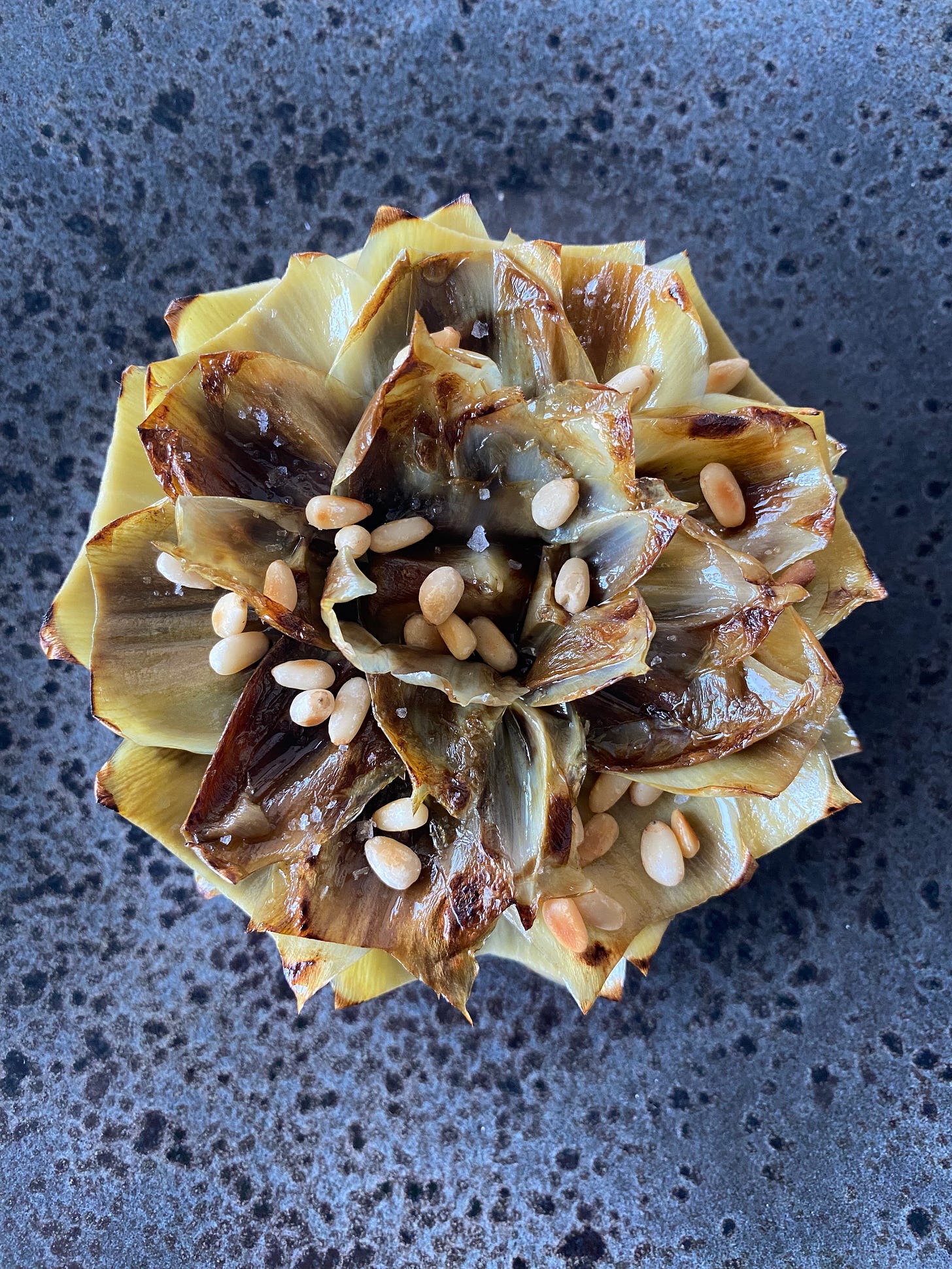
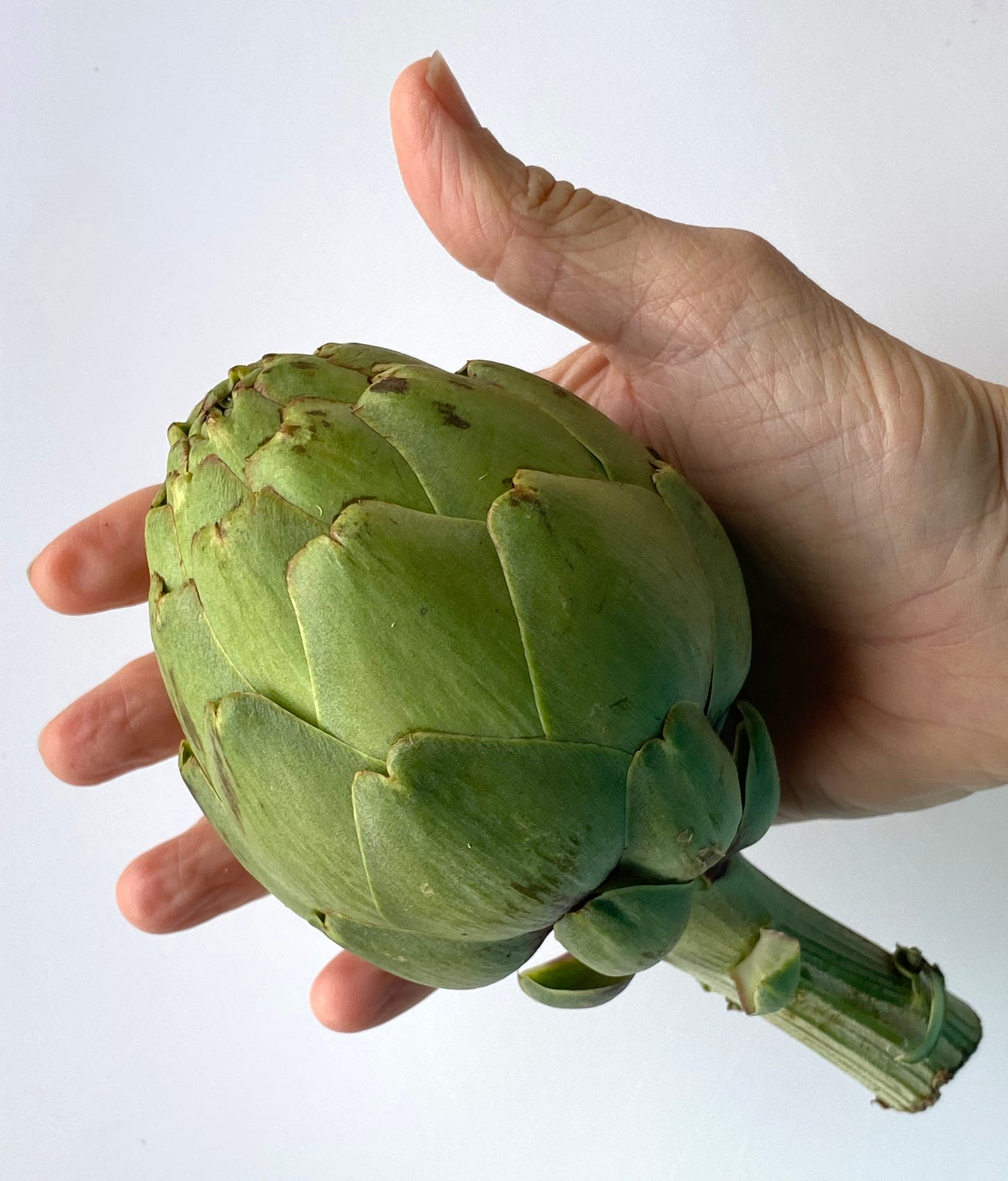



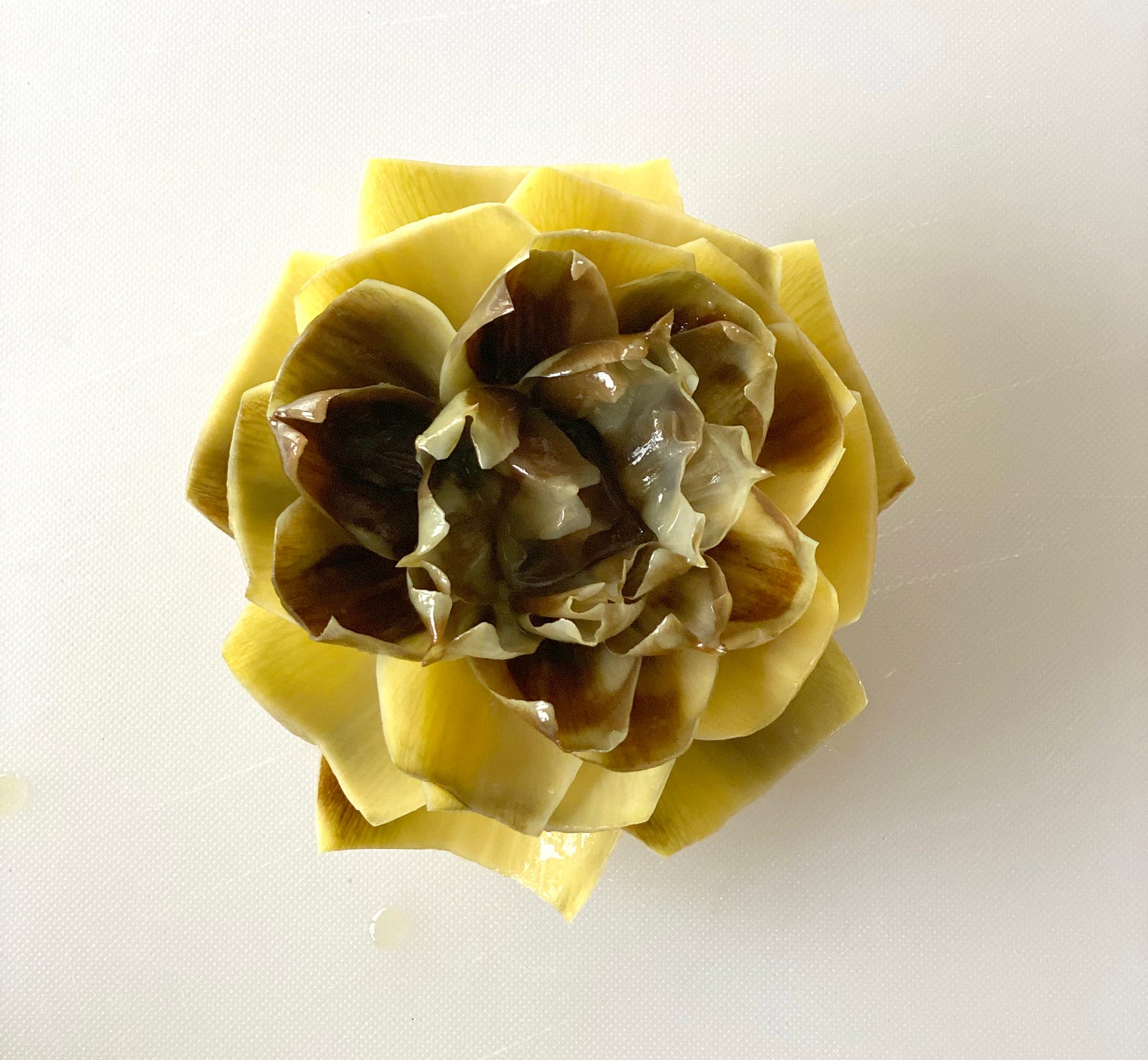
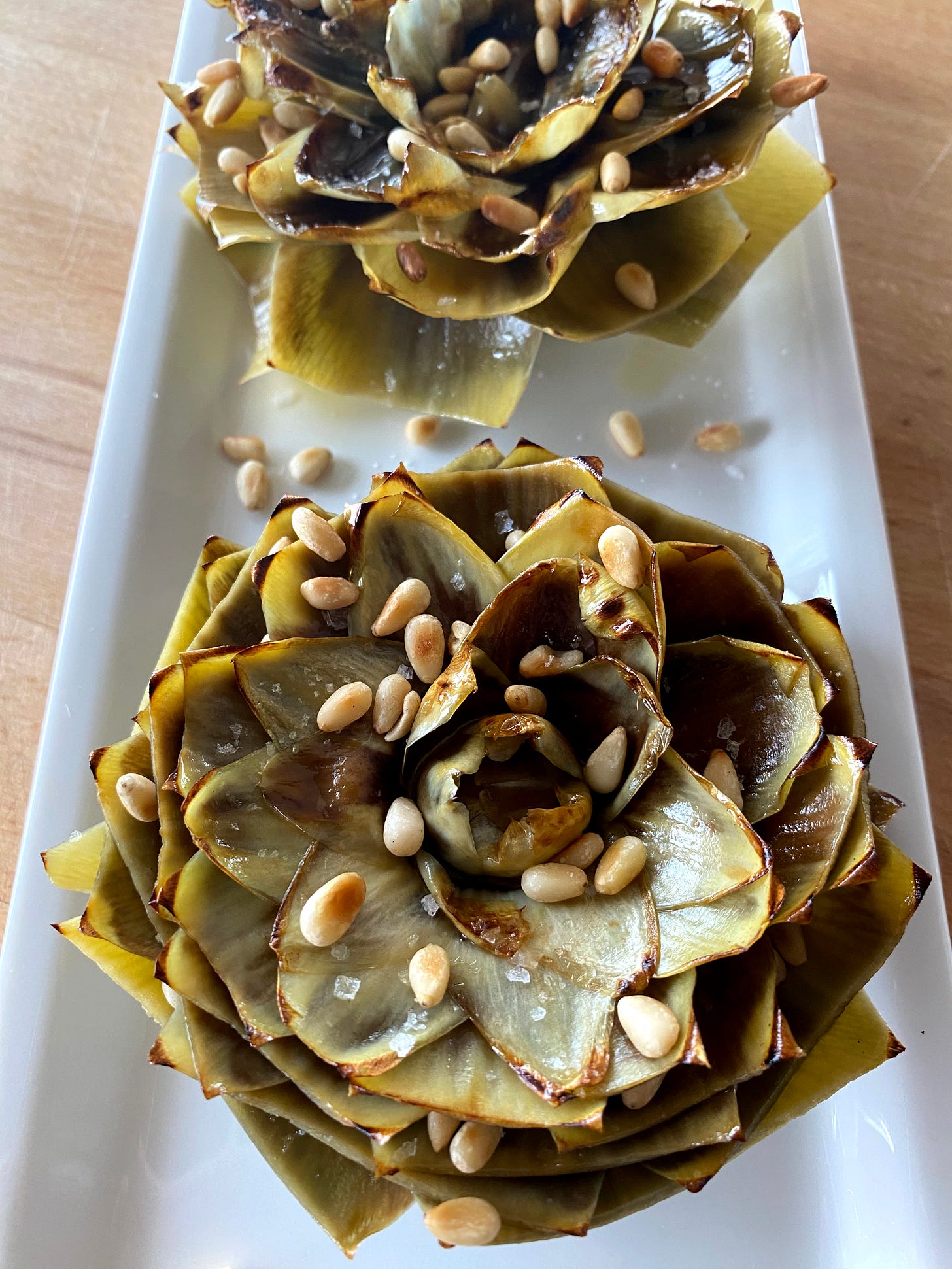

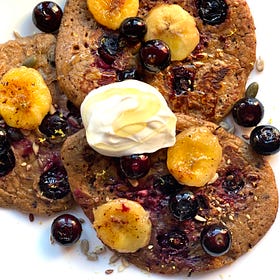

Quite simply my favourite ingredient.
HI Nik:
yes, I still love them and make them for myself and my husband. He thinks they are a lot of work. One of my all time favorites. :-)